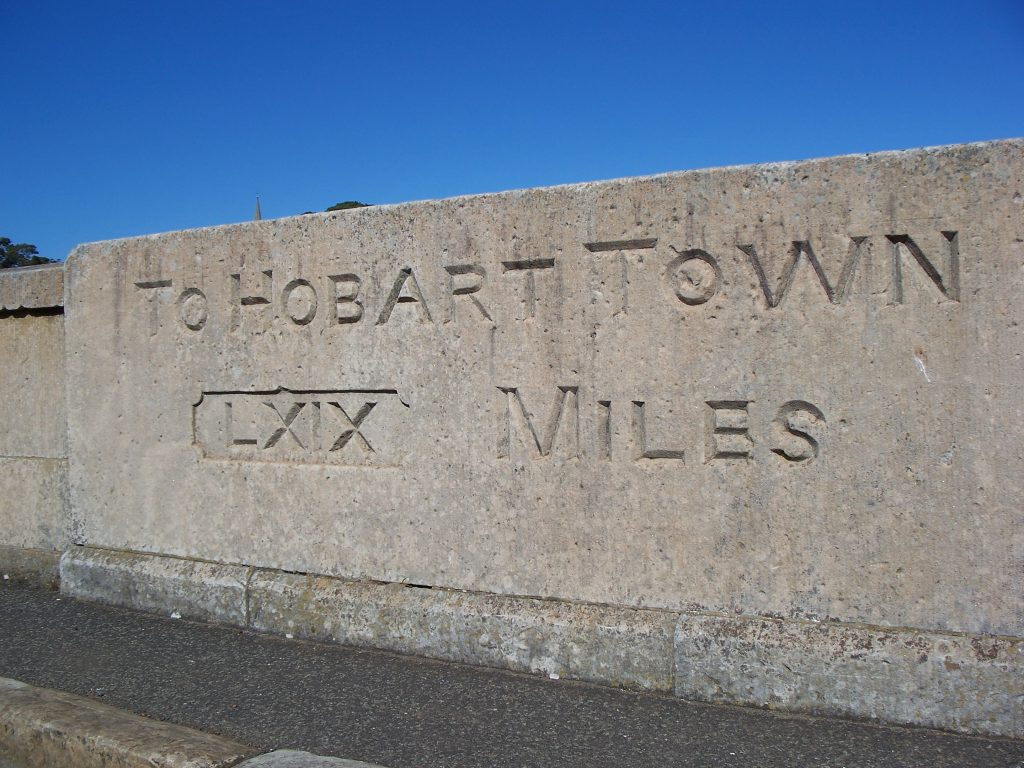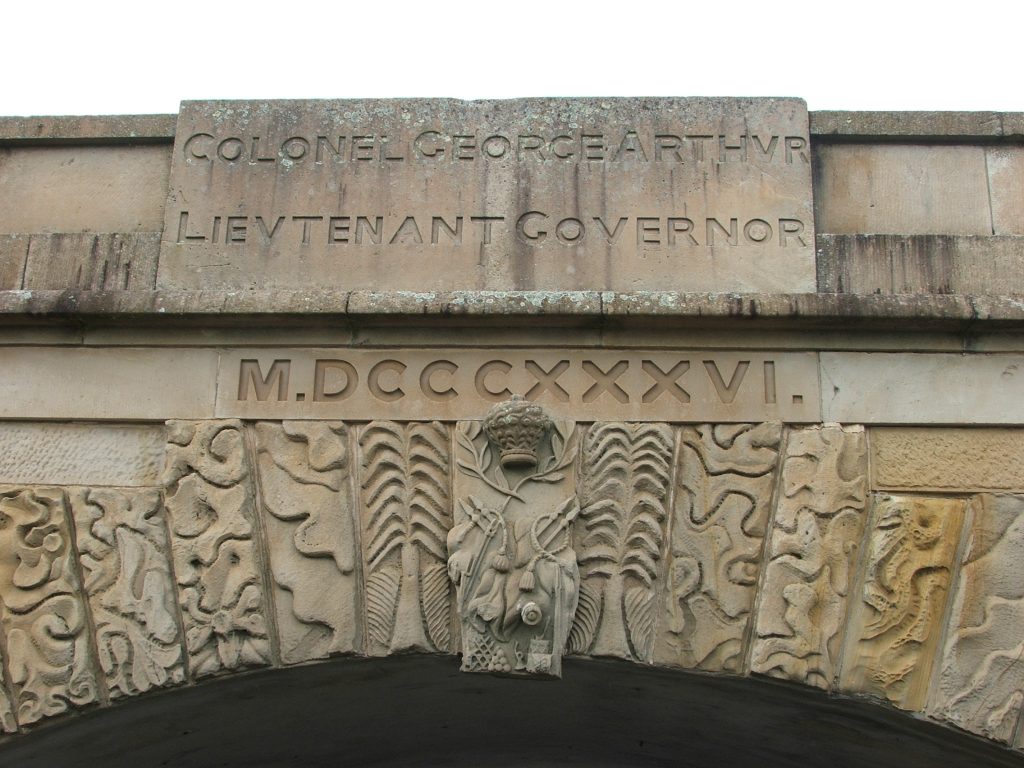The unique and exquisite sandstone Ross Bridge was completed in 1836 and is the third oldest, and one of Australia’s finest sandstone bridges.
The Ross Bridge replaced two previous structures, both of which were approx 100 metres upstream from this existing one. The two originals were made of 14 buttresses and covered with logs and clay. They were both unsuitable due to the river flooding in winter.
John Lee Archer, a colonial architect and civil engineer designed the bridge originally with 5 arches to fit the width of the river next to the old bridge. Roderick O’Connor, inspector of public works, opposed the idea, suggesting that the foundations at the present site were more suitable, therefore John Lee Archer changed his plans and found that a 3 span bridge would fit perfectly.
The bridge took five years to complete with convict labour – not due to convict laziness – most of these men were working two jobs. The extreme shortage of free, skilled labour had created a situation in Van Diemen’s Land in the 1820s where it was almost impossible to build a house legally. The artisans at the time were convicts, and they were constantly engaged on Government Projects. Subsequently, a shortage of free, skilled labour had made corruption endemic to the system.
What was going on at Ross at the time however was not the usual type of corruption; it was nothing less than a challenge to the Government’s authority. The convict masons had been occupied quarrying and facing stones for months and years and yet the bridge did not grow. What did grow however, were the houses of the local gentry and the village of Ross. George Arthur could not allow such an affront to his dignity, and sent in a special constable – Jorgen Jorgensen, with a team of men to clean up the town.
This still did not work, and the bridge was only completed when Arthur ordered two skilled masons to the town, Daniel Herbert and James Colbeck, to work under a sensible military superintendent, Captain Turner. Both Herbert and Colbeck were to receive conditional pardons on finishing the bridge, which saw it completed in good time. The icons on the bridge, 186 in total, took approximately 15 months to complete and comprise of animals, birds, insects, plants, Celtic designs, and heads of local personalities and authoritarians. The icons were carved by Daniel Herbert and his apprentices, with locally quarried sandstone, ground and cut by convict chain gangs.
The bridge was opened in 1836 by Governor Arthur and the remains of the old ones were detonated.
For more on the Ross Bridge and Daniel Herbert, visit our onsite museum. Open 7 days.

The Ross Bridge Carvings

A Different Perspective - The Ross Bridge

Bridge steps - G. Keri

The Ross Bridge - G. Keri

Thought to be Daniel Herbert

Thought to be Lt Gov George Arthur

Ross Bridge

